When it comes to cooking, most dishes start with one thing - oil! We drizzle some in our skillet or perhaps toss some veggies in it to air fry into something tasty. But are there low histamine oils we can use?
Thankfully, the answer is yes. There are plenty of low histamine cooking oils to choose from, and I'll set out those described by the Swiss Interest Group Histamine Intolerance (SIGHI) below.
This post is for informational purposes only and does not constitute medical or dietetic advice in any way. Always consult a dietician for your dietary needs.
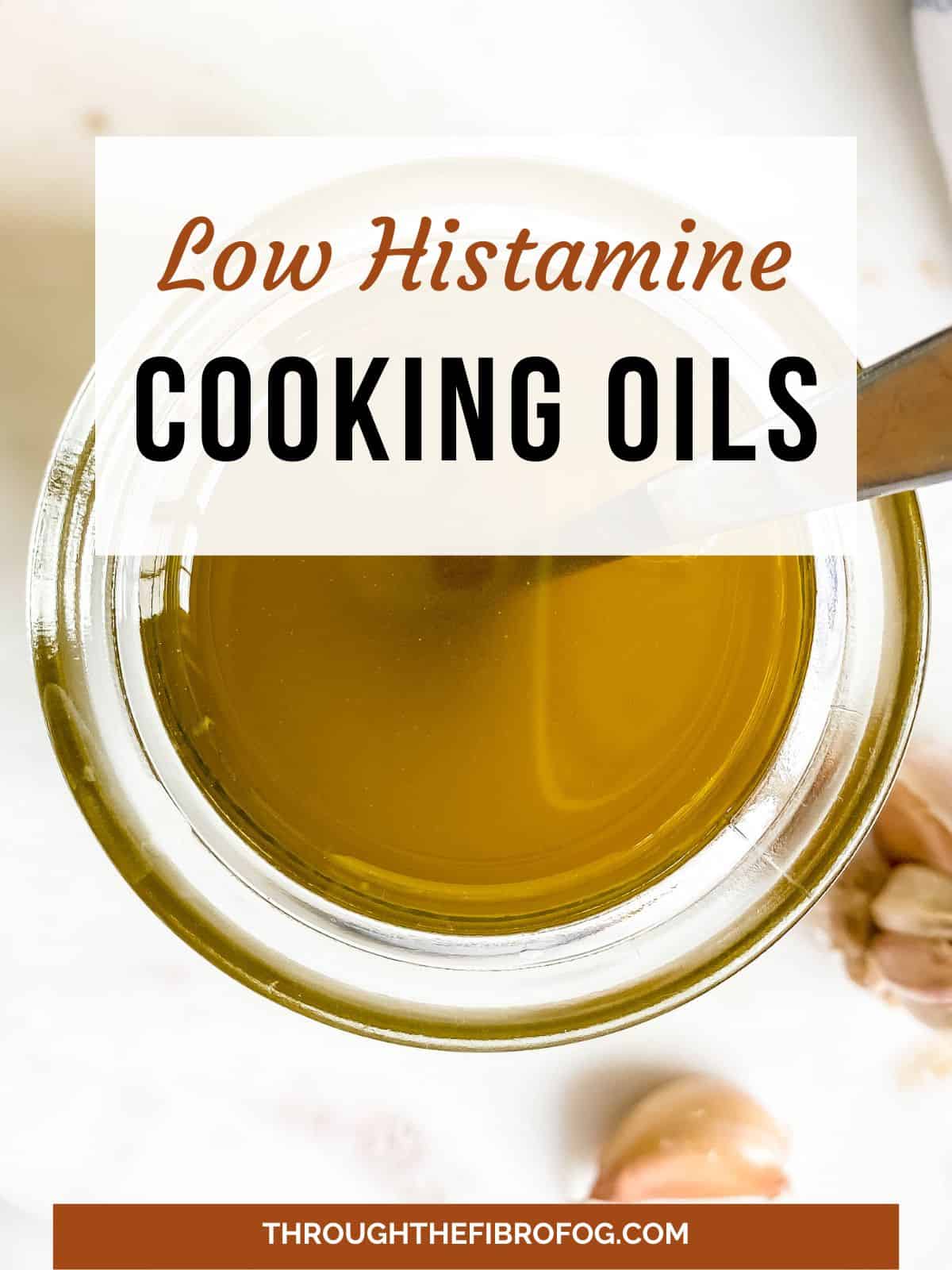
It's true to say that any discussion of cooking oils tends to be a little controversial. There are many widely held beliefs, some factually correct, others not, about the benefits (or not) of certain oils, particularly coconut oil and canola oil.
I'm going to largely side-step those debates as their use comes down to personal choice and health status, and set out low histamine oils per the SIGHI list, and a little information on their nutritional profile. You can, of course, choose the ones that you prefer to use in your low histamine recipes!
Jump to:
Why the SIGHI list?
There are a bunch of histamine lists out there, but I always use the SIGHI list for myself personally and the recipes here on the blog. I've seen it referred to as the 'gold standard' of histamine lists, and it was the one my doctors and dietician recommended I follow.
Saying that, we all have different nutritional needs, as well as personal sensitivities, so always follow the advice of your dietician.
Olive oil
I was confused by olive oil and histamine content for a while. After all, olives themselves are rated as high histamine as they are 'usually fermented, sometimes with intolerated ingredients' (SIGHI).
Olive oil though, is rated as low histamine on the SIGHI list. It's also described by Mast Cell 360 that 'olive oil's polyphenols and healthy fats are supportive of mast cells'. This suggestion arises from their discussion of a 2016 study of olive oil where the researchers state that the polyphenol hydroxytyrosol 'may have potential as an allergy-preventative nutrient'.
Nutrition: In their discussion of olive oil, BBC Good Food notes that extra virgin olive oil has been shown in research studies to have an ability to lower blood pressure, improve cholesterol levels and reduce inflammation.
How to use: olive oil is perfect for using to make tasty salad dressings for your summer salads, or swirling into soup. It can also be used for cooking (with extra virgin olive oil), as it has a moderately high smoke point of 374-405F making it suitable for stir-frying, sauteing and other cooking methods (Healthline).
Coconut oil
Coconut oil is a low histamine oil, and has a note by the SIGHI that it is 'very recommended'.
Coconut oil has a fairly high smoke point at 350F, making it a good choice for stir-fries and sauteing vegetables and other foods.
Nutrition: In their description of the benefits of coconut oil, Healthline notes that this oil is 'rich in several types of saturated fat that are otherwise uncommon. These include lauric acid and medium-chain fatty acids'. Studies indicate that 'regularly eating coconut oil improves the levels of lipids circulating in the blood, potentially reducing the risk of heart disease'.
How to use: personally I tend to use coconut oil more for sweeter cooking, such as for making my apple fritters or my spiced air fryer pears. It's equally good for savory dishes, such as when you are pan-frying chicken, turkey or vegetables.
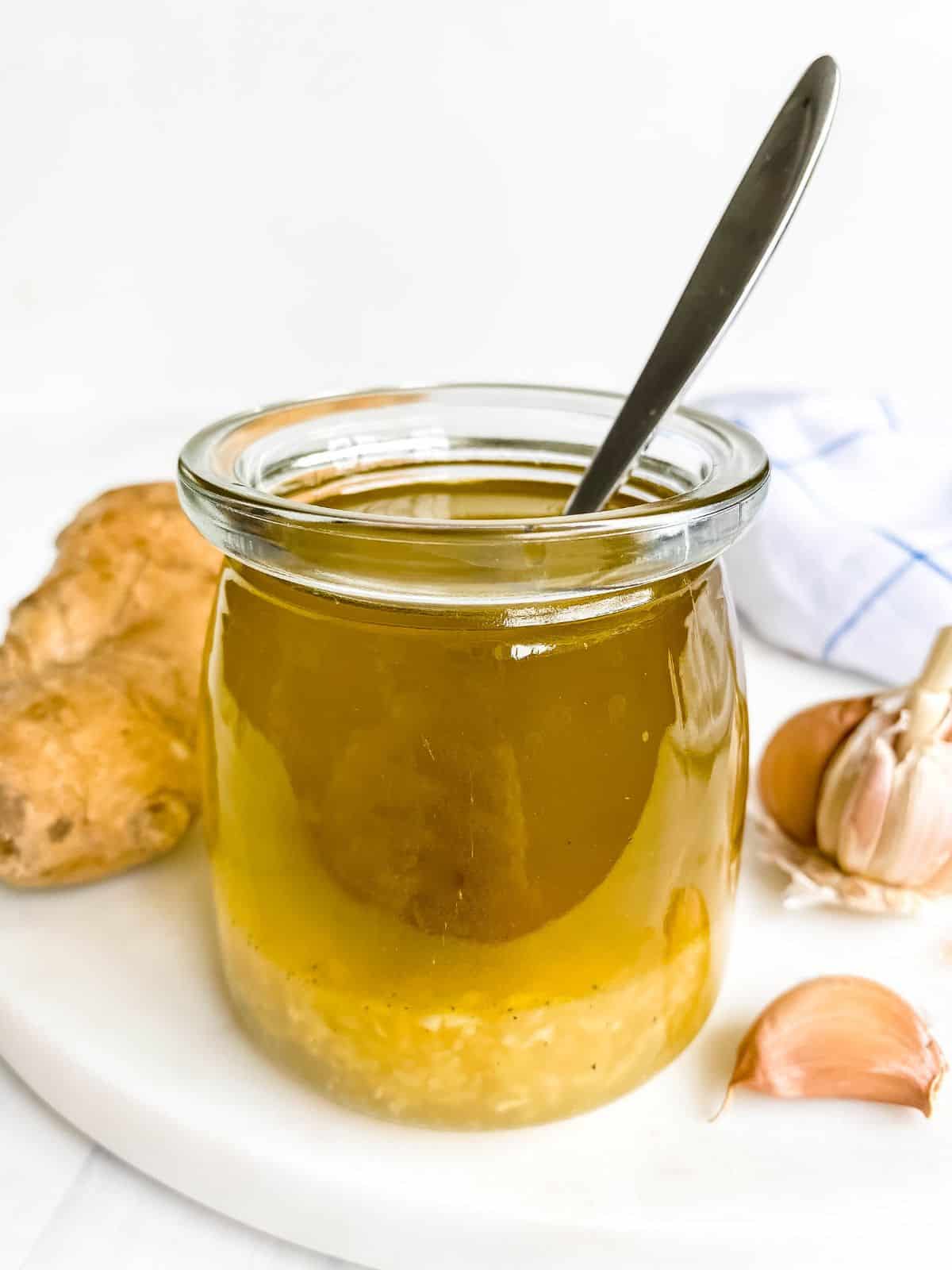
Canola oil / rapeseed oil
Canola oil (also known as rapeseed oil in the UK) is rated as low histamine on the SIGHI list.
Nutrition: canola oil is controversial, with strong views held on both sides. As Healthline describes in their overview of canola oil, some dieticians emphasise its fatty acid composition as beneficial. However, there are also potential risks cited to heart health, cognition and inflammation.
Pumpkin seed oil
A little less known than olive or coconut oil, pumpkin seed oil is considered low histamine on the SIGHI list. As the SIGHI describe, this 'oil is made by pressing roasted, hulled pumpkin seeds (pepitas), from a local variety of pumpkin, the Styrian oil pumpkin'.
Pumpkin seed oil is used both in food and taken as a supplement in capsules. To consume, it has a lovely nutty flavor and works well in salad dressings. With a lower smoke point, you would not want to use it for sauteing food.
Nutrition: to consume, Healthline describes that pumpkin seed oil is rich in heart-healthy fats and antioxidants.
Safflower oil
Safflower oil is a fairly common cooking oil, and is rated as low histamine on the SIGHI list.
In similarity to coconut oil, it has a fairly high smoke point.
It should be noted that there are two types of safflower oil: high-oleic and high-linoleic. High-oleic is suitable for cooking at higher temperatures, whereas high-linoleic safflower is not suitable for heating but can be used for salad dressings (Medical News Today).
Nutrition: in their overview of safflower oil, Medical News Today describes that it is a rich source of unsaturated fatty acids, including monounsaturated fats and polyunsaturated fats.
Note: as safflower oil can thin the blood you should speak with a doctor before consumption.
Nigella sativa oil
Black seed oil is derived from the Nigella sativa plant and is rated as low histamine on the SIGHI list.
Similarly to pumpkin seed oil, it can be used both for cooking and as a topical preparation for conditions such as acne. It can also be taken as a supplement.
Black seed oil isn't used as a cooking oil, but rather is used in salad dressings or as a finishing oil.
Note: as black seed oil can slow blood clotting time, speak to a doctor before consumption (WebMD).
Higher histamine oils
There are two higher histamine oils, as rated by the SIGHI list.
Sunflower oil is rated as 1 on their 'scoring', with a note, 'a single dose is no problem, but is inflammatory in the long term'.
Walnut oil is rated as 2, with a ? as a histamine liberator.
I'm always in the kitchen, so come join me on Instagram, Facebook and Pinterest to be the first to hear of new low histamine recipes and resources!
Related posts
If you're cooking up some tasty recipes, then these resources should help!
15 low histamine chicken recipes
Guide to low histamine teas and coffee alternatives
Guide to low histamine nuts and seeds
Guide to low histamine cheeses
Don't forget to pin the post!
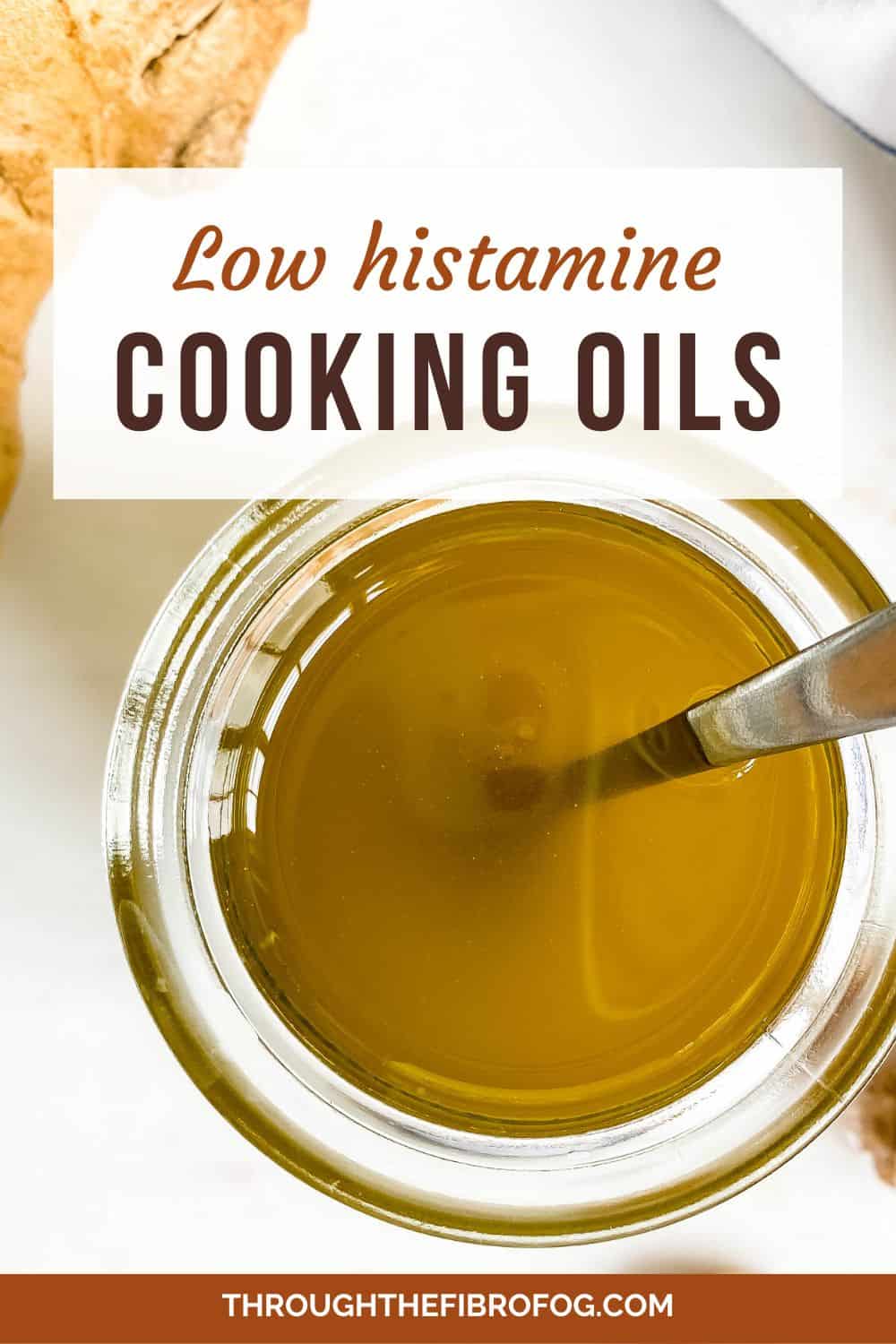

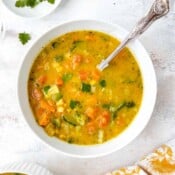
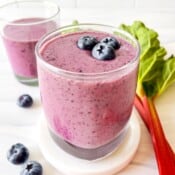
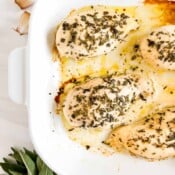
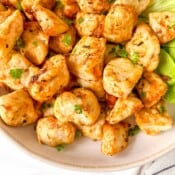
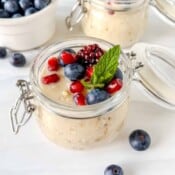
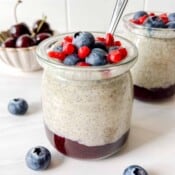

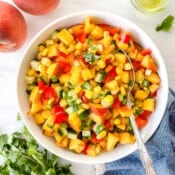
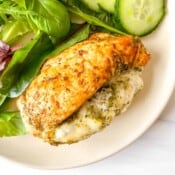
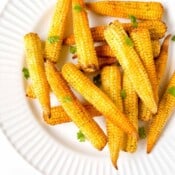
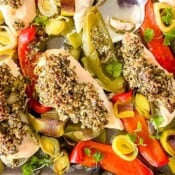
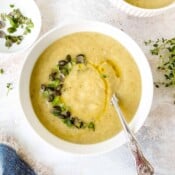
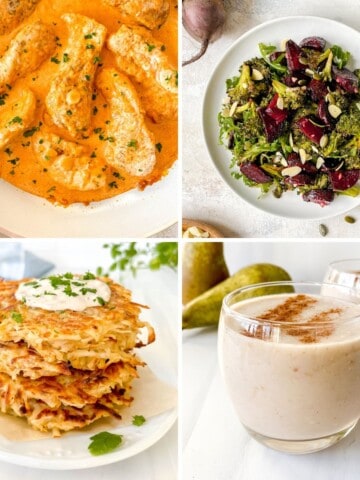
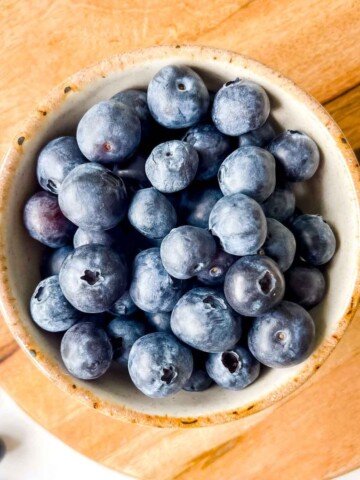
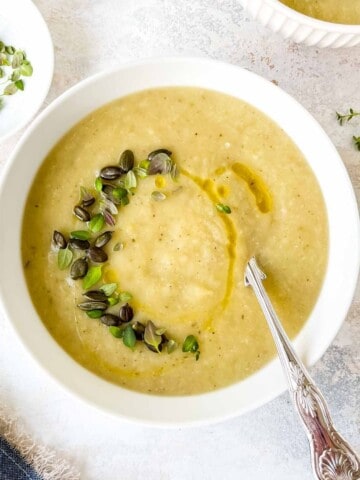
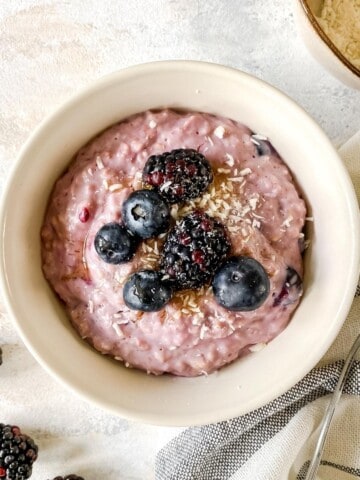
Bernie Fife-Schaw says
I thought you might like to know that rice bran oil is also low in histamine and in fact is my go-to and use it in many dishes. I also use Hemp Oil as a salad dressing.
Claire says
Thanks so much for sharing Bernie! I haven't seen rice bran oil in my local stores, but I'll keep my eye out for it!